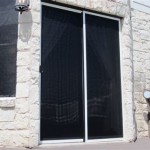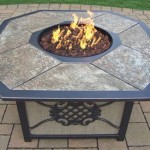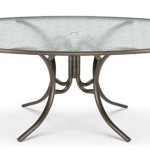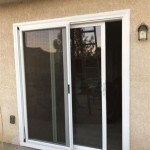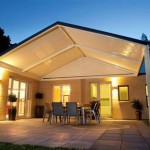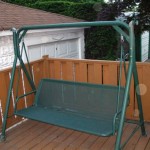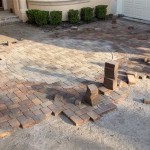Essential Aspects of DIY Plans for Patio Tables
Creating a custom patio table can be a rewarding DIY project, adding a unique touch to your outdoor space. Here are some essential aspects to consider when selecting or drafting your DIY patio table plans.
1. Materials Selection
The choice of materials will significantly impact the durability, aesthetics, and maintenance requirements of your table. Consider the following options:
- Wood: Offers a classic look, but requires regular maintenance and protection from moisture.
- Metal: Durable and weather-resistant, but can be heavy and prone to rust.
- Composite: A combination of wood and plastic, offrant a balance of durability and ease of maintenance.
- Stone or Concrete: Extremely durable and weather-resistant, but heavy and expensive.
2. Design Considerations
The design of your patio table should complement the style of your outdoor space and accommodate your needs.
- Shape: Choose from round, square, rectangular, or oval shapes to fit your space and seating capacity.
- Size: Determine the appropriate size based on the number of people you typically seat and the available space.
- Height: Consider the height of your chairs to ensure a comfortable dining experience.
- Style: Select a design that reflects your personal taste and the overall decor of your outdoor area.
3. Construction Techniques
The construction method you choose will influence the stability and longevity of your table.
- Joints: Use strong joinery techniques, such as mortise and tenon joints, to ensure a secure connection between table components.
- Bracing: Consider adding braces to the legs or tabletop to prevent wobbling or sagging.
- Leveling: Ensure the table is level to prevent uneven seating and potential accidents.
4. Finishing and Protection
Proper finishing and protection will enhance the appearance and durability of your patio table.
- Sanding: Smooth the surface of the wood to prepare it for finishing.
- Staining or Painting: Apply a water-resistant stain or paint to protect the wood from moisture and UV damage.
- Sealing: Apply a clear sealant to provide additional protection and maintain the finish.
- Weatherproofing: Consider using weatherproof materials, such as galvanized steel or composite, to minimize maintenance and extend the table's life span.
5. Detailed Plans and Instructions
Clear and detailed plans and instructions are crucial for a successful DIY patio table project.
- Dimensions: Accurate dimensions ensure the proper alignment and fit of all components.
- Materials List: Identify the specific materials and quantities required for the project.
- Step-by-Step Instructions: Provide detailed instructions, including assembly techniques, finishing methods, and safety precautions.
- Visual Aids: Include diagrams, photos, or videos to enhance understanding and clarify construction methods.
By carefully considering these essential aspects, you can create a customized patio table that meets your specific needs, adds style to your outdoor space, and provides years of enjoyment.
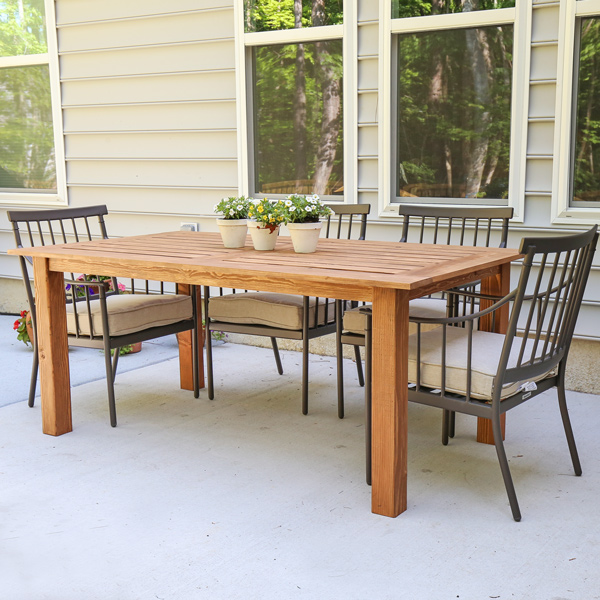
Diy Outdoor Table Angela Marie Made
:max_bytes(150000):strip_icc()/cherishedbliss-2fe16e06a68b44589c6631e6b39ae68f.jpg?strip=all)
18 Diy Outdoor Table Plans

Outdoor Dining Table Kreg Tool

Diy Outdoor Table Angela Marie Made

Diy Patio Table With Built In Ice Box Drink Coolers Matching Benches Woodworking Plan Remodelaholic

Diy Outdoor Dining Table Restoration Hardware Dupe Thrifty Pineapple

Bryan S Site Diy Cedar Patio Table Plans

Outdoor Dining Table Kreg Tool

Diy Outdoor Table Angela Marie Made

Full Size Outdoor Dining Table And 8 Chair Set Diy Plans

